
Chinese Red Headed Centipede Scolopendra subspinipes mutilans YouTube
Scolopendra subspinipes is an aggressive and nervous arthropod, ready to strike if interfered with and sensitive to vibrations nearby. [3] [4] It preys primarily on arachnids, including spiders, scorpions, and vinegaroons. It is large enough to overpower small vertebrates, such as mice or small reptiles, and will readily attempt to consume them.
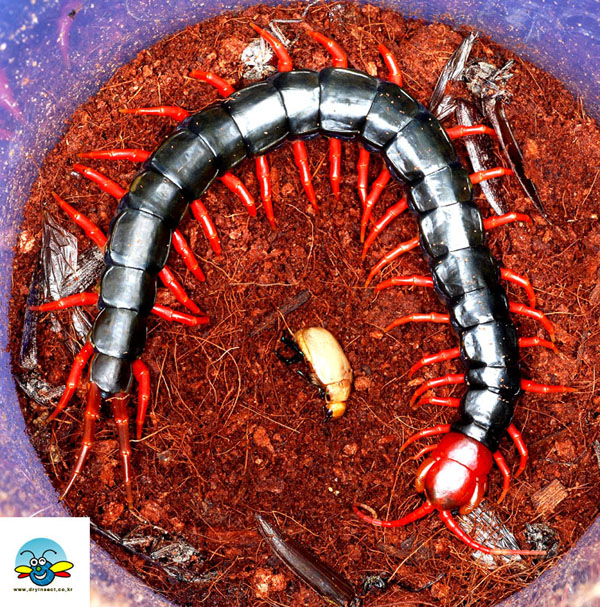
만천곤충박물관 [붉은머리왕지네 / Scolopendra subspinipes mutilans]
Extracts from the centipede Scolopendra genus, have been used in traditional medicine for the treatment of various diseases and have been found to exhibit anticancer activity in tumor cells. To investigate the potential and associated antitumor mechanism of alcohol extracts of the centipede Scolopendra subspinipes mutilans (AECS), cell viability, cell cycle and cell apoptosis were studied and.

Escolopendra china de cabeza roja (Scolopendra subspinipes mutilans
Our previous transcriptomic analysis identified five venom allergen-like proteins from the Scolopendra subspinipes mutilans, but only one of these allergen-like proteins could be identified based on a sequence similarity comparison of the S. s. mutilans proteomic data with known allergens from other arthropod species. 26 Moreover, venomic and.
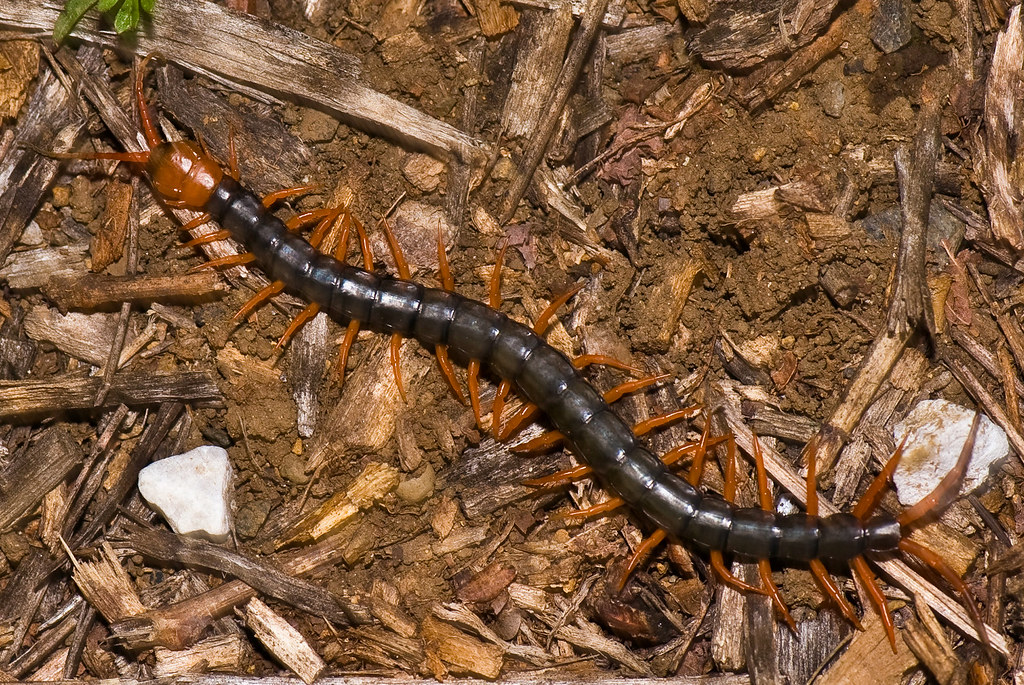
Japanese Centipede, Scolopendra subspinipes mutilans, トビズム… Flickr
Identification of Scolopendra subspinipes mutilans and its adulterants using DNA barcode. China journal of Chinese materia medica 39 , 2208-2211 (2014). CAS PubMed Google Scholar
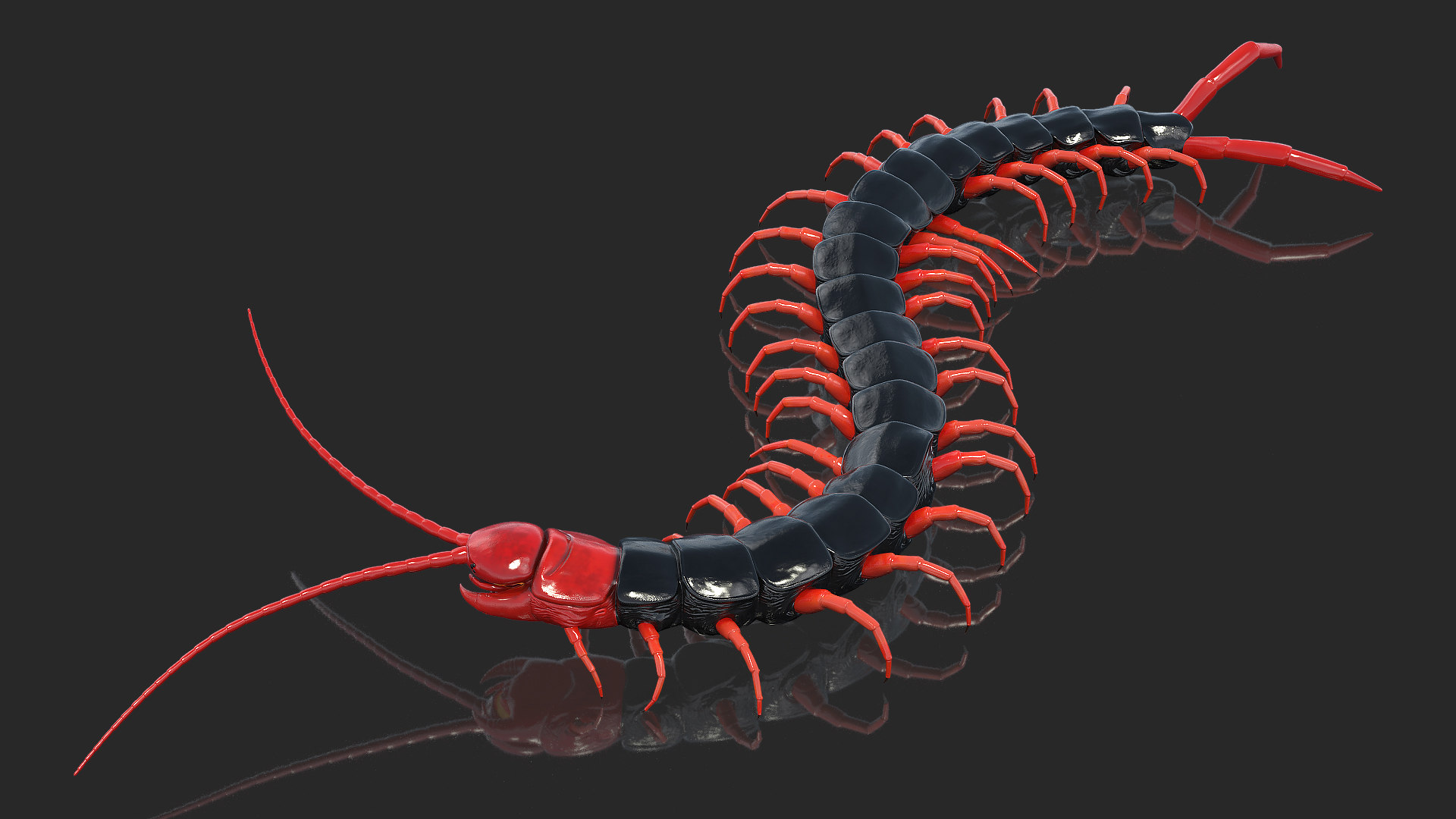
3D scolopendra subspinipes mutilans rigged TurboSquid 1568524
Extracts of Scolopendra subspinipes mutilans (SSM) are used in traditional medicine for the treatment of a wide range of neuropathic diseases, including lower back pain, peripheral neuropathy, and sciatic nerve injury.

Burma Centipede (scolopendra subspinipes mutilans) Centipede, Bugs
A novel antimicrobial peptide (AMP) was identified from the centipede Scolopendra subspinipes mutilans by RNA sequencing, and the amino acid sequences predicted from the sequenced mRNAs were compared with those of known AMPs. We named this peptide scolopendin, according to its origin, and investigat.

Scolopendra subspinipes mutilans Orange LawnShrimp Flickr
Scolopendra mutilans L. Koch, 1878 is an important Chinese animal with thousands of years of medicinal history. However, the genomic information of this species is limited, which hinders its.

愛と憎しみのトビズムカデ Scolopendra subspinipes mutilans (L. Koch, 1878) たきぽろりん
The Chinese red-head centipede Scolopendra subspinipes mutilans is capable of choosing prey depending on the amount of venom available in its venom glands and the sensitivity of the prey to its venom, thus suggesting the presence of a complex prey detection system.
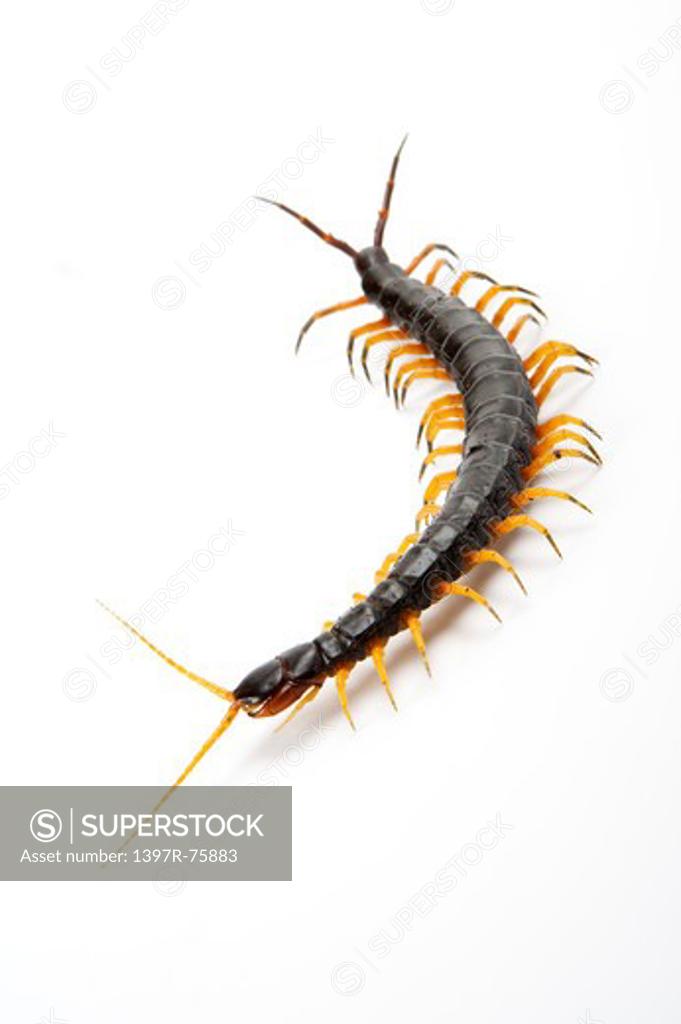
Scolopendra Subspinipes Mutilans, Centipede, Arthropod Stock Photo
The centipede Scolopendra subspinipes mutilans is an environmentally beneficial and medically important arthropod species. Although this species is increasingly applied as a reliable source of new antimicrobial peptides, the transcriptome of this species is a prerequisite for more rational selection of antimicrobial peptides. In this report, we isolated total RNA from the whole body of adult.
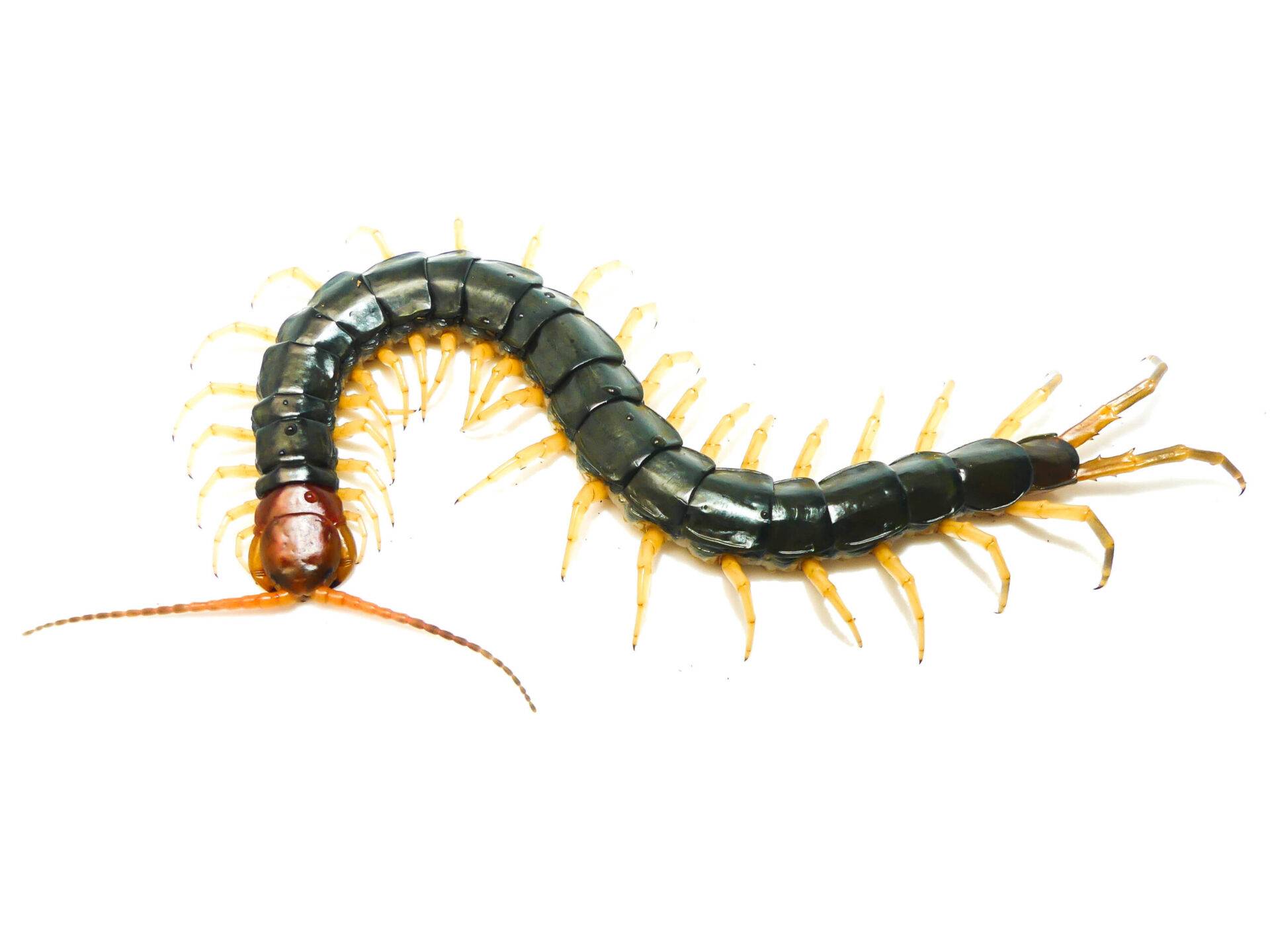
Scolopendra subspinipes mutilans "Yellow Leg" Riesenhundertfüßer, 10
Genetic diversity and gene flow of the soil arthropod (Scolopendra mutilans) in urban landscapes: The roles of rivers, mountains and fragmentation - Xu - Insect Conservation and Diversity - Wiley Online Library Insect Conservation and Diversity ORIGINAL ARTICLE

Chinese Redheaded Centipede, Scolopendra subspinipes mutilans Redorbit
The Chinese red-headed centipede, also known as the Chinese red head, (Scolopendra subspinipes mutilans) is a centipede from East Asia and Australasia. It averages 20 cm (8 inches) in length and lives in damp environments. (Source: Wikipedia, 'Chinese red-headed centipede', https://en.wikipedia.org/wiki/Chinese_red-headed_centipede, CC BY-SA 3.0 .

Scolopendra subspinipes mutilans. YouTube
Background: Neuroinflammation is one of several pathological causes of degenerating motor neurons and is induced by activated microglial cells and astrocytes in ALS.Scolopendra subspinipes mutilans (SSM) is utilized in traditional Chinese and Korean medicine for the treatment of a variety of diseases, such as cancer, apoplexy, and epilepsy.
トビズムカデ Scolopendra subspinipes mutilans
The Chinese red-headed centipede, also known as the Chinese red head, ( Scolopendra mutilans) is a centipede from East Asia (type locality: Japan). It averages 20 cm (8 in) in length and lives in damp environments. [1] Chinese red-headed centipede In ancient Chinese traditions, this centipede is used for its healing properties.
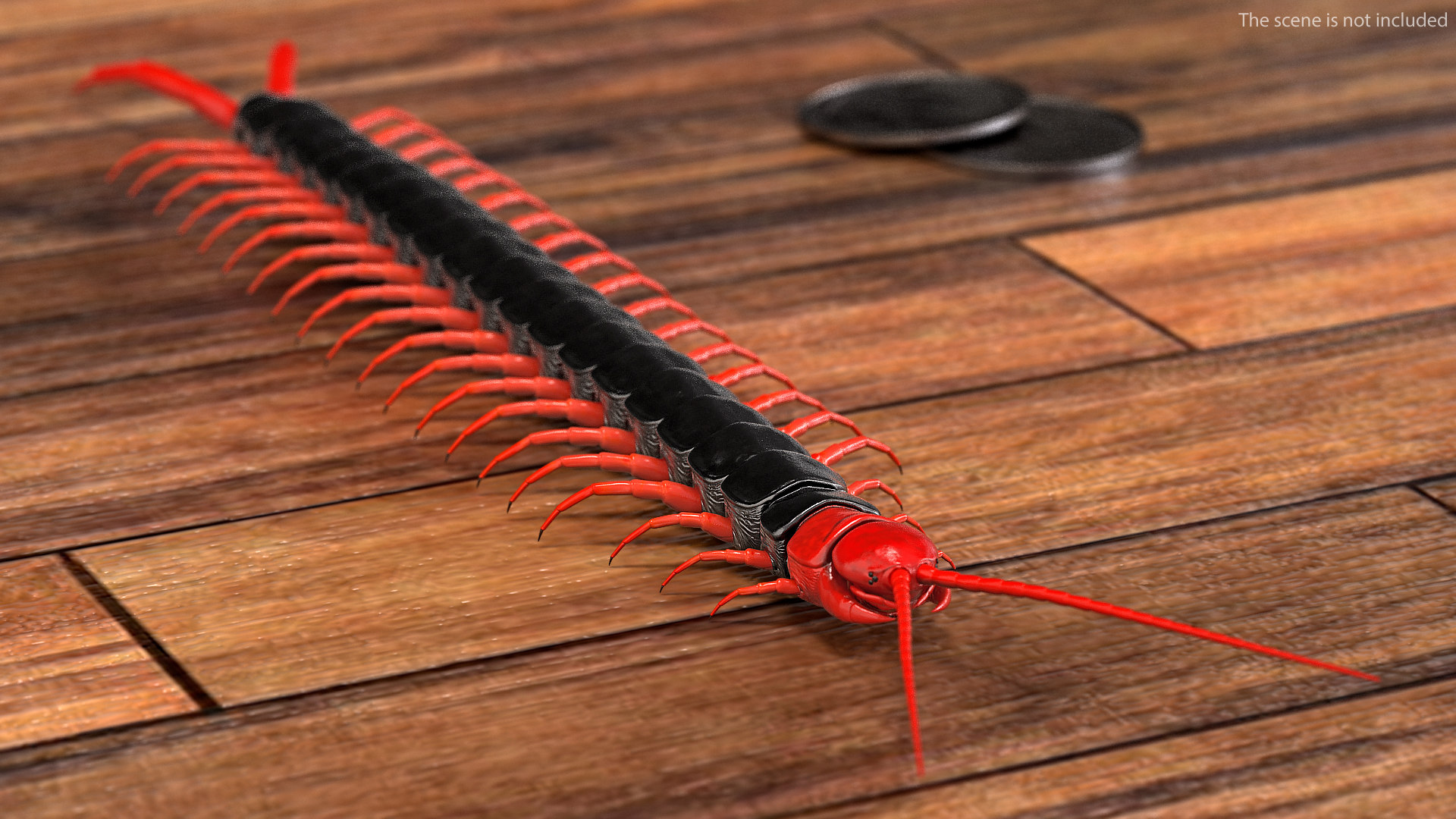
Scolopendra subspinipes mutilans model TurboSquid 1546432
( Scolopendra subspinipes mutilans L. Koch. (SSLK) helps reduce the risk of coronary heart disease (CHD) but its effects on rheumatic heart disease (RHD) patients remain unclear. 80 RHD patients were recruited and randomly assigned into SG (to receive SSLK treatment) and CG (to receive placebo) groups, and the intervention lasted for 3 months.
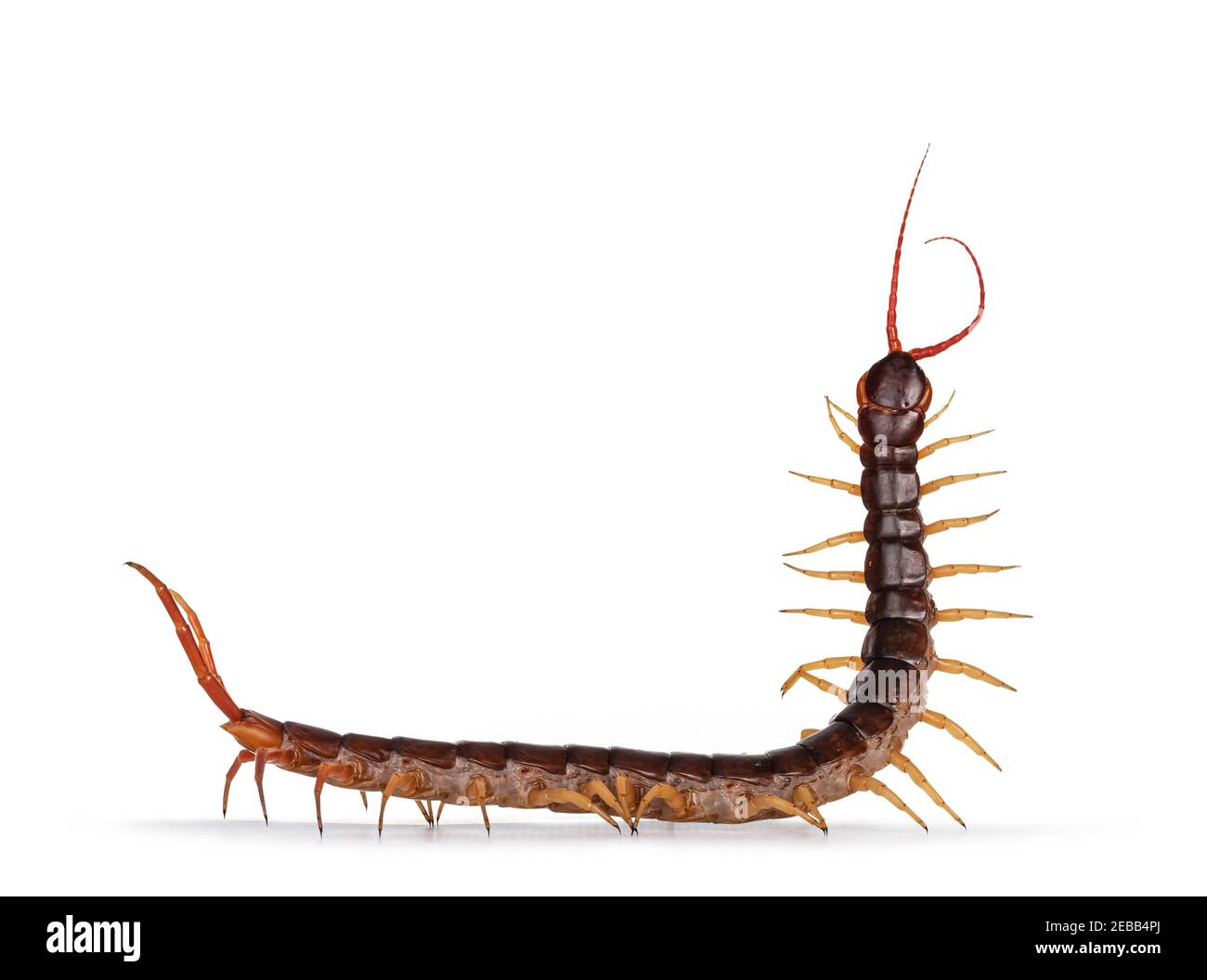
Adult Chinese redheaded centipede aka Scolopendra subspinipes mutilans
Scolopendra mutilans is a venom-containing animal, which is rich in antimicrobial peptides, ion channel modulators, enzymes, and other macromolecular active substances ( Yoo et al. 2014 ). Due to its active ingredients, it is of great interest in modern medical research.

IMG_0006 少棘蜈蚣 Scolopendra subspinipes mutilans jt huang Flickr
Extracts of Scolopendra subspinipes mutilans (SSM) are used in traditional medicine for the treatment of a wide range of neuropathic diseases, including lower back pain, peripheral neuropathy, and sciatic nerve injury. Although SSM shows anti-inflammatory, antibacterial, and anticonvulsant activities, its diverse mechanisms of action remain unclear.